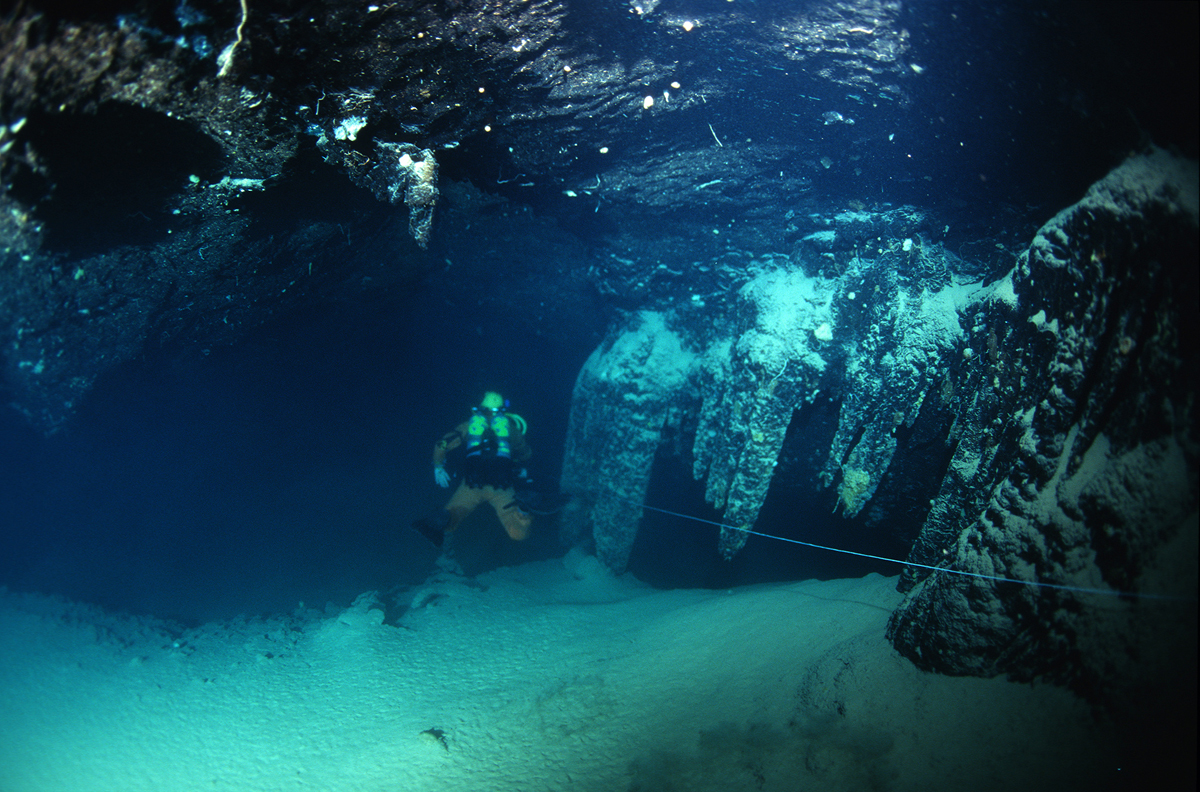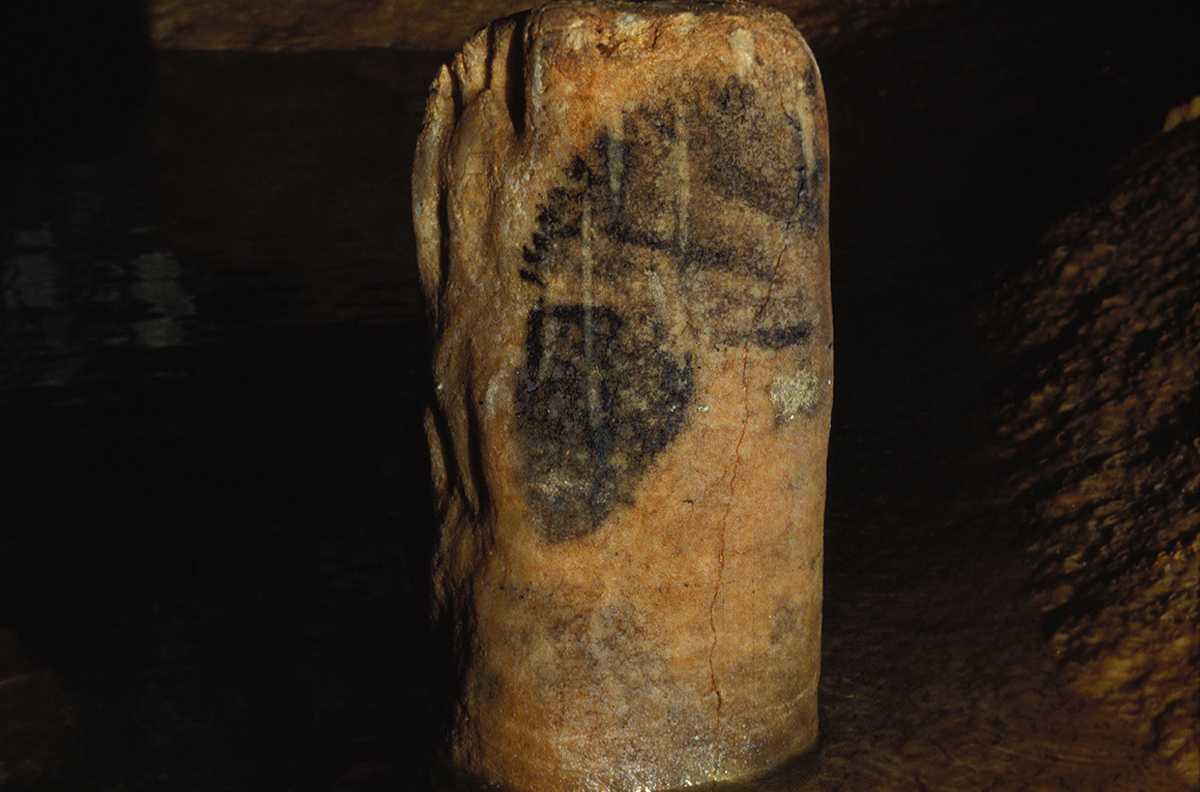


An article by Mario García Sánchez on laprensalatina.com - Experts work against clock to preserve, recreate Cosquer Cave paintings - reports on the creation of a replica of the cave of Cosquer, located in the Calanque de Morgiou near Cap Morgiou, France.

The cave system in southwest France, accessible only through a submerged tunnel, is home to more than 500 examples of prehistoric art dating to between 33,000 to 19,000 years ago, when the coastline was some 120 meters lower than today. The cave entrance flooded after the Ice Age.
Specialists are working to create a replica of the cave, the walls of which are adorned with depictions of marine life such as seals, jellyfish and auks. There are also other depictions of bison, ibex and horses, as well as numerous hand stencils in red and black pigment. The cave also has engravings and geometric patterns.

Only a fifth of the cave system, which covers an area of roughly 2,500 square meters, remains above sea level. The rising sea levels at the end of the Ice Age caused much of the cave’s artwork to disappear.

The cave was discovered by scuba diver Henri Cosquer in 1985, by making his way along the 175m. tunnel, the entrance of which is 35 meters under the sea.
Authorities in Provence-Alpes-Côte d’Azur have launched an initiative in collaboration with the Kléber Rossillon society to build a replica of the cave and its paintings. Déco Diffusion, art specialists based in the city of Toulouse, has been tasked with replicating the paintings using photographic references and 3D technology.
by Bradshaw Foundation
Monday 30 May 2022
by Bradshaw Foundation
Wednesday 19 January 2022
by Bradshaw Foundation
Thursday 06 January 2022
by Bradshaw Foundation
Monday 06 December 2021
by Bradshaw Foundation
Monday 29 November 2021
by Bradshaw Foundation
Monday 25 October 2021
by Bradshaw Foundation
Monday 12 July 2021
by Bradshaw Foundation
Monday 24 May 2021
by Bradshaw Foundation
Tuesday 20 April 2021
by Bradshaw Foundation
Thursday 01 April 2021
by Bradshaw Foundation
Tuesday 23 February 2021
by Bradshaw Foundation
Thursday 14 January 2021
by Bradshaw Foundation
Friday 18 December 2020
by Bradshaw Foundation
Sunday 06 December 2020
by Bradshaw Foundation
Thursday 26 November 2020
by Bradshaw Foundation
Wednesday 07 October 2020
by Bradshaw Foundation
Monday 30 May 2022
by Bradshaw Foundation
Wednesday 19 January 2022
by Bradshaw Foundation
Thursday 06 January 2022
by Bradshaw Foundation
Monday 06 December 2021
by Bradshaw Foundation
Monday 29 November 2021
by Bradshaw Foundation
Monday 25 October 2021
by Bradshaw Foundation
Monday 12 July 2021
by Bradshaw Foundation
Monday 24 May 2021
by Bradshaw Foundation
Tuesday 20 April 2021
by Bradshaw Foundation
Thursday 01 April 2021
by Bradshaw Foundation
Tuesday 23 February 2021
by Bradshaw Foundation
Thursday 14 January 2021
by Bradshaw Foundation
Friday 18 December 2020
by Bradshaw Foundation
Sunday 06 December 2020
by Bradshaw Foundation
Thursday 26 November 2020
by Bradshaw Foundation
Wednesday 07 October 2020
Friend of the Foundation











